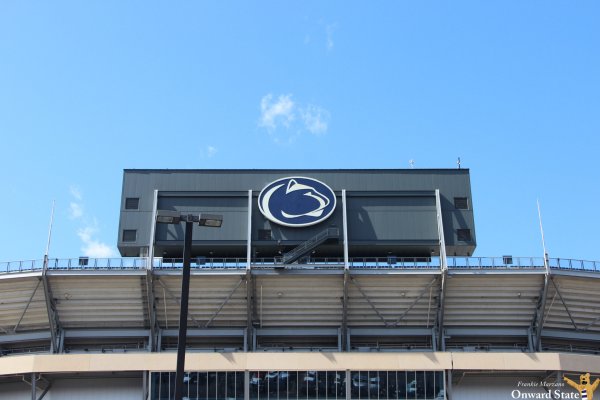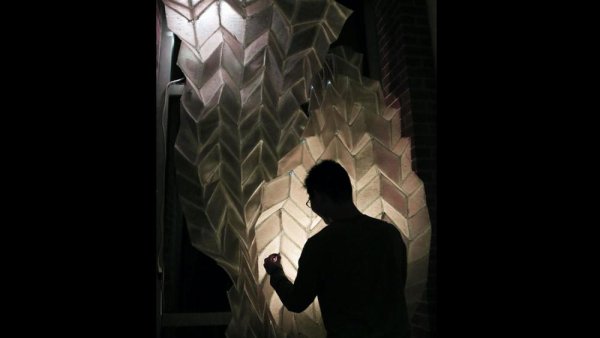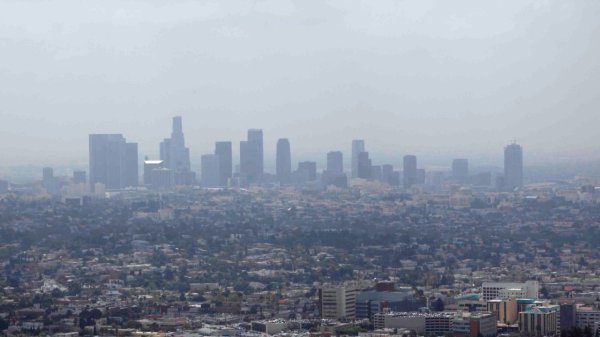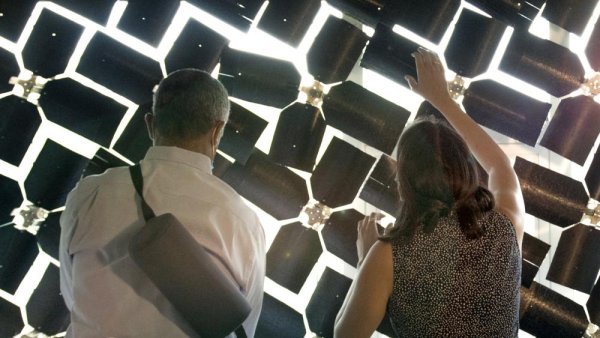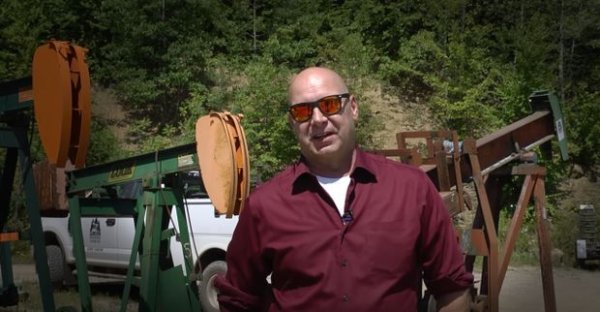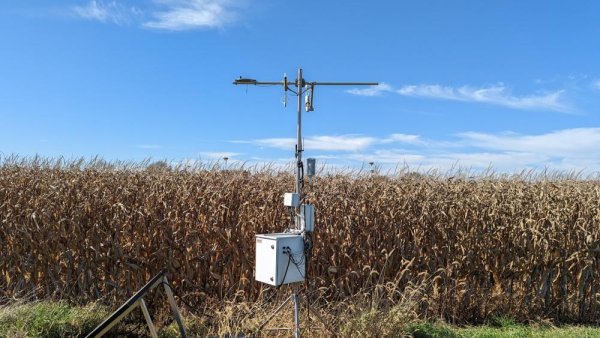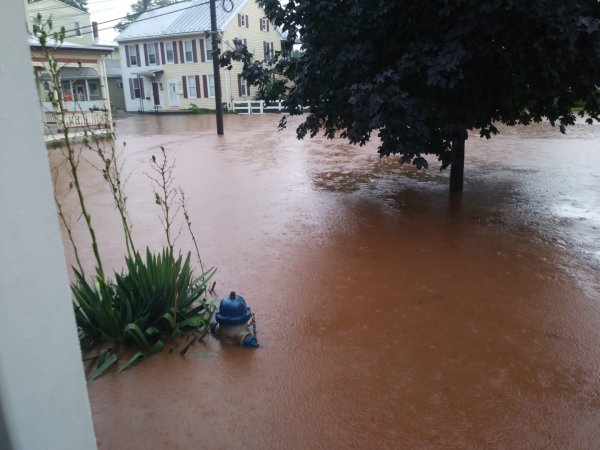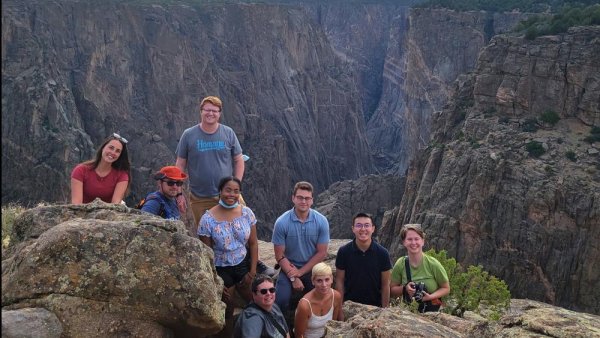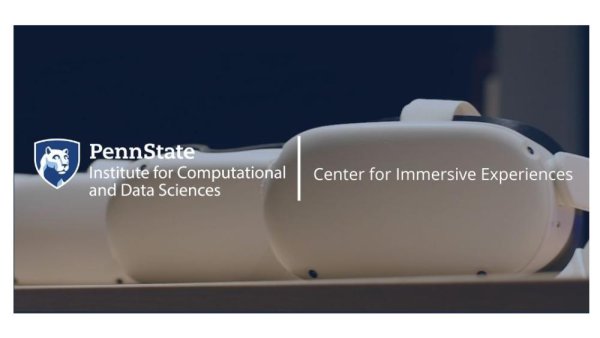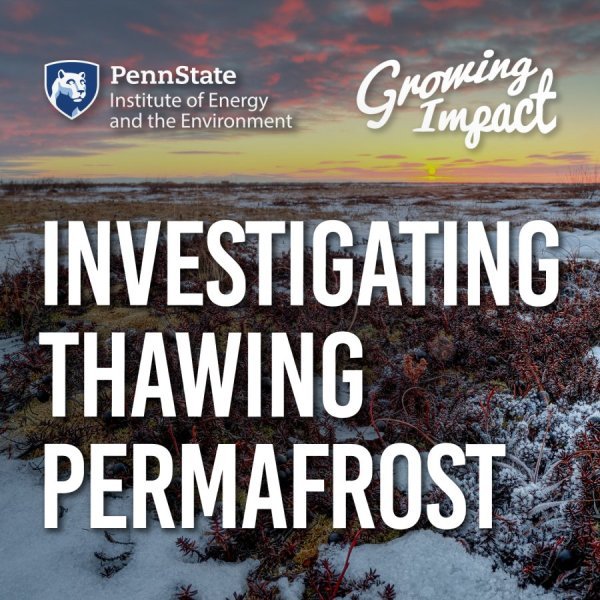Beaver Stadium sustainability efforts showcased by Green Sports Alliance
| onwardstate.com
Beaver Stadium's suites are a leading example of zero-waste in sports venues, according to Green Sports Alliance. This article quotes Judd Michael, professor of agricultural and biological engineering.
Architecture professor honored with Cooper Hewitt National Design Award
| psu.edu
Felecia Davis, associate professor of architecture in the College of Arts and Architecture’s Stuckeman School at Penn State, has been named the winner of the 2022 Cooper Hewitt, Smithsonian Design Museum National Design Award in the Digital Design category for her work using computational textiles.
Air pollution may spur irregular heart rhythms in teens: study
| thehill.com
Breathing in tiny particles of air pollution may trigger irregular heart rhythms in otherwise healthy teenagers and increase their risk of sudden cardiac death, a new study has found. This article quotes Fan He, instructor in public health sciences at the Penn State College of Medicine.
Designed to Adapt: Living materials are the future of sustainable building
| psu.edu
The coming decades present a host of challenges for our built environments. To become more livable for more people, cities themselves will need to become smarter, with buildings, bridges and infrastructure that are no longer static but dynamic, able to adapt and respond to what’s going on around them. If not exactly alive, these structures will need to be life-like, in important ways. And for that, they’ll need to incorporate living materials.
Pennsylvania climate plan faces uncertain future after election
| about.bgov.com
If Pennsylvania courts don't kill the state's participation in a regional cap-and-trade program, the November gubernatorial election could do it in. This article quotes Seth Blumsack, professor of energy and environmental economics and international affairs and director of the Center for Energy Law and Policy.
Why heat wave warnings are falling short in the U.S.
| radio.wpsu.org
Unprecedented heat waves are on the rise as the climate gets hotter. But experts say the country's heat warning system may be leading the public to underestimate the dangers. This National Public Radio segment quotes Larry Kenney, professor of physiology and kinesiology and Marie Underhill Noll Chair in Human Performance.
Penn State leads project to improve air quality models for state decision makers
| psu.edu
Improving states’ ability to address air quality issues is the focus of a new $1 million, Penn State-led project funded by NASA.
In Pa., climate change can increase flooding risk in places that rarely worried about it. This community is seeking solutions
| stateimpact.npr.org
The intense storms that cause flash floods are likely to become more common in Pennsylvania with climate change, and they’re happening outside historical floodplains.
IEE leadership helps shape report to NSF on climate change, role of engineering
| psu.edu
Two Penn State researchers provided key leadership in the creation of a report to the National Science Foundation on engineering research areas that need to be better developed to address climate change.
CAUSE trip to Colorado inspires future sustainability leaders
| psu.edu
In 2018, Sean Collins enrolled in Penn State’s Energy and Sustainability Policy program in the hopes of being a part of the solution and bettering the planet for his three kids. He’ll graduate in December, positioned to land a job in sustainability.
Immersive experiences open up new worlds of teaching, learning and research
| psu.edu
Immersive, interactive technologies are changing the way we learn, teach and conduct research and the Center for Immersive Experiences — CIE — is helping prepare the Penn State community to take advantage of the opportunities emerging from this brave new virtual world.
New model to help reframe the transition to low-carbon electric power
| psu.edu
Penn State researchers have developed a model that demonstrates the value of flexible investment strategies when designing the many pathways needed to meet the emissions reduction goals outlined in the Paris Agreement.

